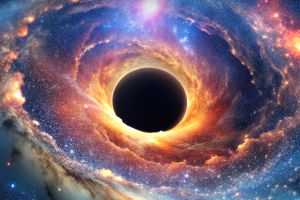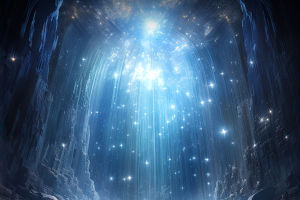Have you ever looked up at the sky and wondered why the Northern and Southern Lights dazzle us so differently? Both are mesmerizing displays of nature’s power, yet they have unique secrets hiding behind their glow.
Today, we’ll dive deep into the differences and mysteries of these polar lights, exploring why they shine where they do, how they form, and what makes their colors so breathtaking.
Understanding Their Nature
The Northern Lights, or Aurora Borealis, and the Southern Lights, or Aurora Australis, are both dazzling light shows that occur in the high magnetic latitude regions of our planet. The Northern Lights appear over areas like Norway, Sweden, Finland, Iceland, Canada, Alaska, and parts of Russia. In contrast, the Southern Lights are mostly seen near Antarctica’s coastlines and surrounding seas.
Despite their geographic differences, both are created by charged particles from the solar wind interacting with atoms and molecules in Earth’s upper atmosphere. Guided by the planet’s magnetic field, these particles travel along magnetic lines toward the poles, exciting gas atoms and causing them to emit light.
Yet, there are differences. Earth’s rotational axis tilts about 11.5 degrees relative to its magnetic axis, meaning the magnetic poles don’t perfectly align with the geographic poles. This misalignment and differences in terrain, like mountains or glaciers, affect how and where the lights appear, making each polar region’s aurora unique.
Why They Appear?
Both auroras are sparked by solar wind storms. When the sun releases bursts of energy and charged particles, the solar wind collides with Earth’s magnetic field, creating geomagnetic storms. These storms are the trigger for auroras.
For the Northern Lights, solar wind particles are drawn toward the northern magnetic pole. When they reach the high-altitude atmosphere, collisions with nitrogen and oxygen atoms produce light. The brightness and intensity depend on the strength of the solar wind, Earth’s magnetic field, and the atmospheric conditions.
The Southern Lights form similarly. Charged particles are guided to the southern magnetic pole, collide with atmospheric particles, and release energy as shimmering light. The main differences come from geographic location and terrain: Antarctica’s icy, open expanses create unique viewing conditions compared to the varied landscapes near the North Pole.
Where to See Them?
The Northern Lights shine across high-latitude northern countries. Here, cold climates, proximity to oceans, and varied landscapes such as mountains can influence how the aurora spreads and how vibrant it appears.
Meanwhile, the Southern Lights are mostly visible around Antarctica, where extreme cold, dry air, and fewer clouds create excellent visibility. The relatively uniform icy terrain changes how light travels, giving the Southern Lights distinct features compared to their northern counterpart.
Colors and Shapes
Both auroras show a range of colors—green, red, yellow, blue, and purple—caused by different gases reacting to charged particles. Their shapes vary too, from arcs and bands to curtains and rays. Each display is like nature painting the sky, captivating anyone lucky enough to watch.
Subtle differences emerge depending on location and conditions. The Southern Lights often appear brighter and purer because of the clear, dry Antarctic skies, whereas the Northern Lights may look softer due to more cloud cover and oceanic influence. The Southern Lights’ forms can also be more unusual because the flat icy landscape allows the light to spread differently.
Chasing the Polar Lights
Lykkers, next time we find ourselves under a clear night sky, let’s pause and watch the auroras swirl above. These lights are more than just a beautiful show—they are the planet’s own rhythm interacting with the sun. While the North and South share the same cosmic process, their differences make each display uniquely magical. From colors to shapes, and from landscapes to solar winds, every aurora tells a story of nature’s wonder, waiting for us to appreciate and explore.


